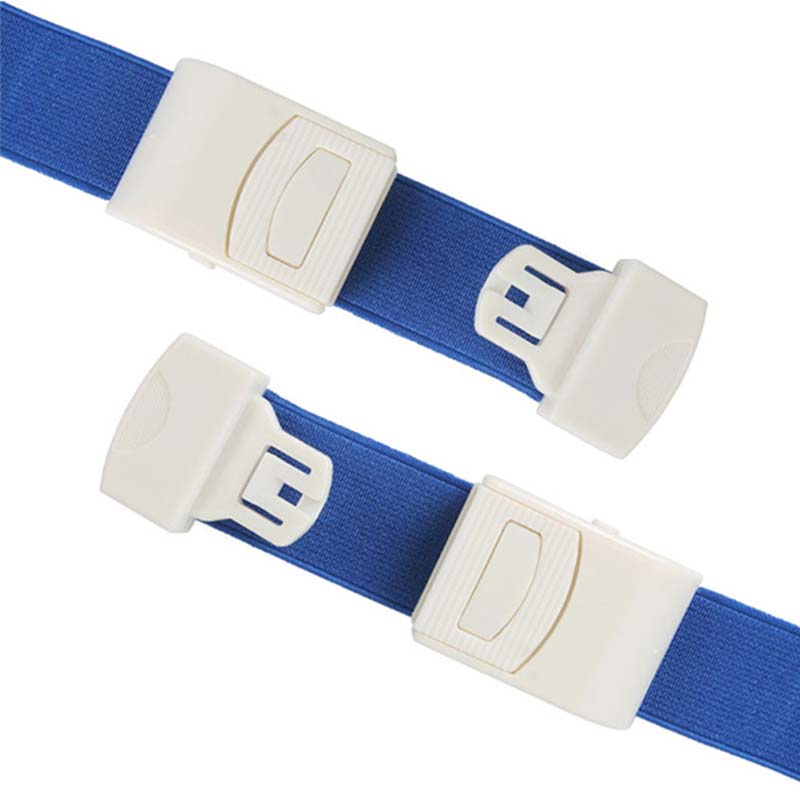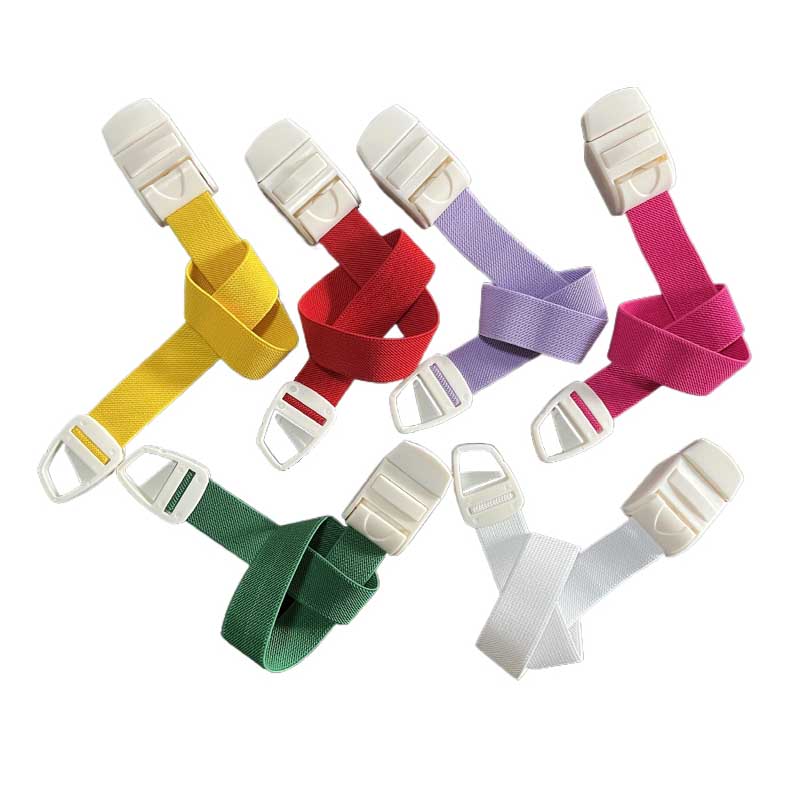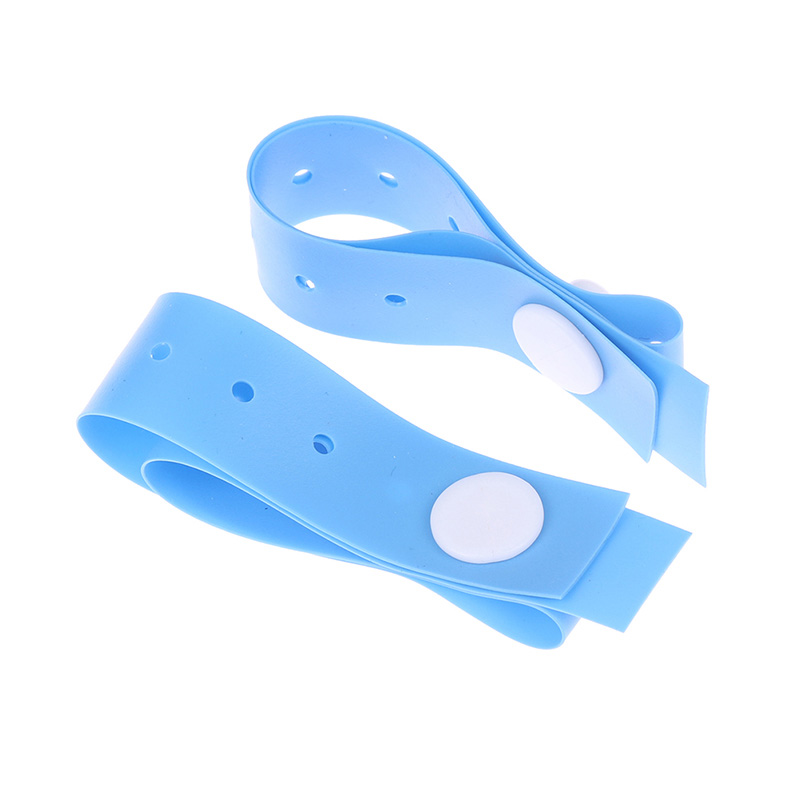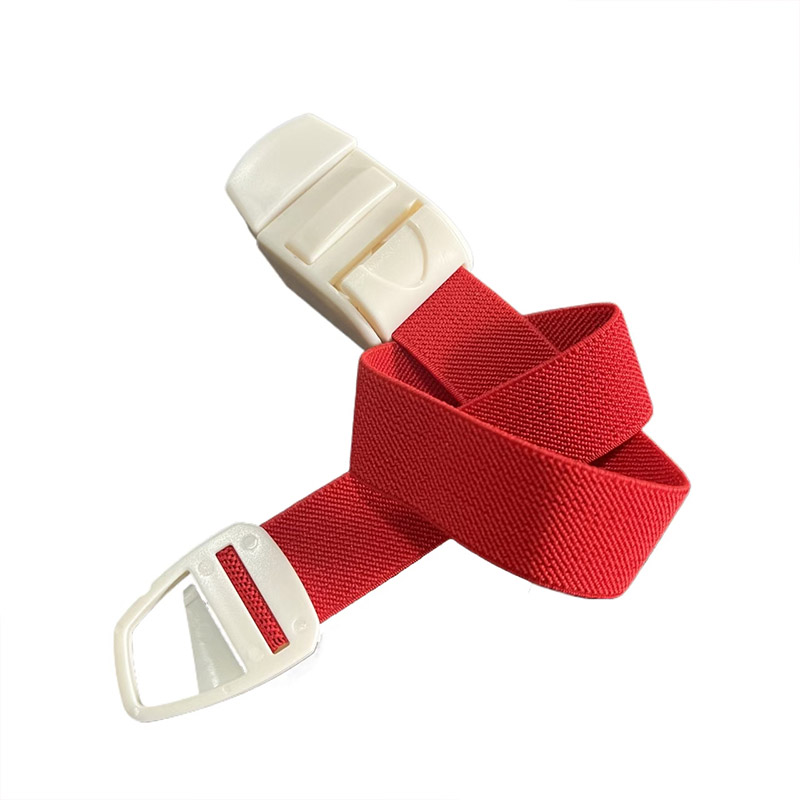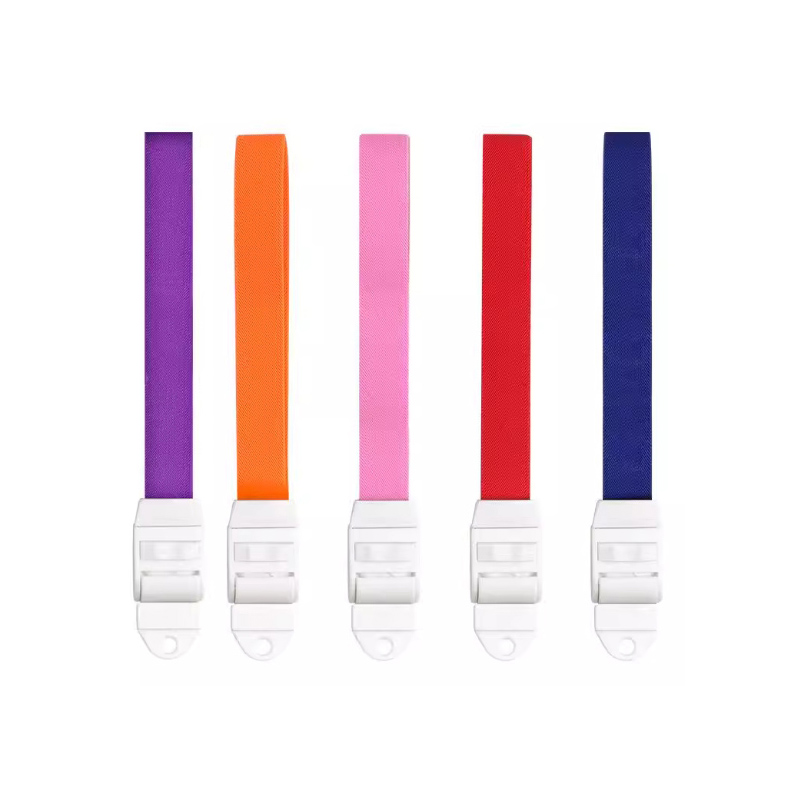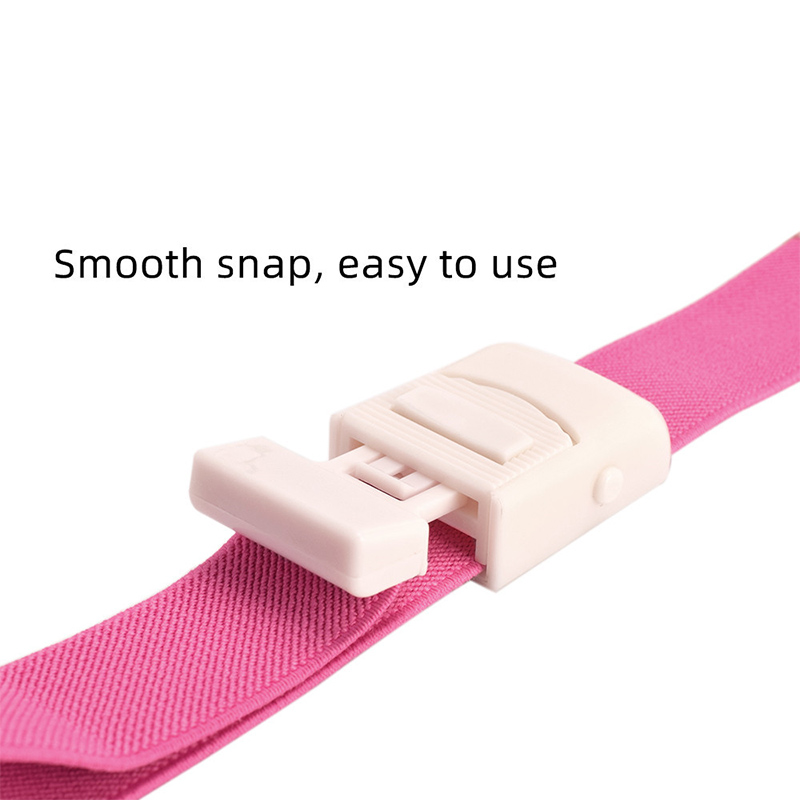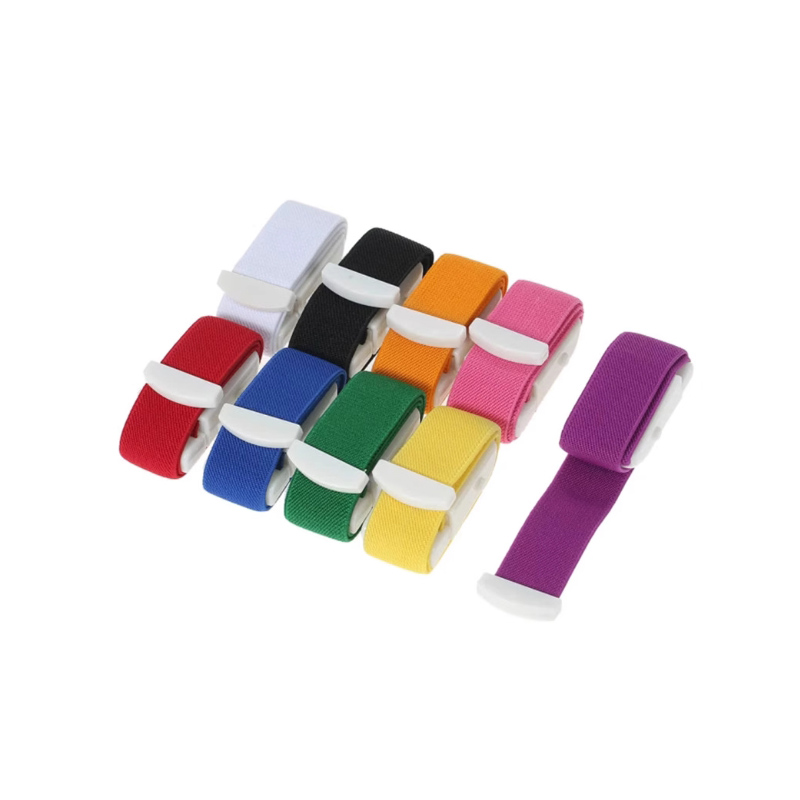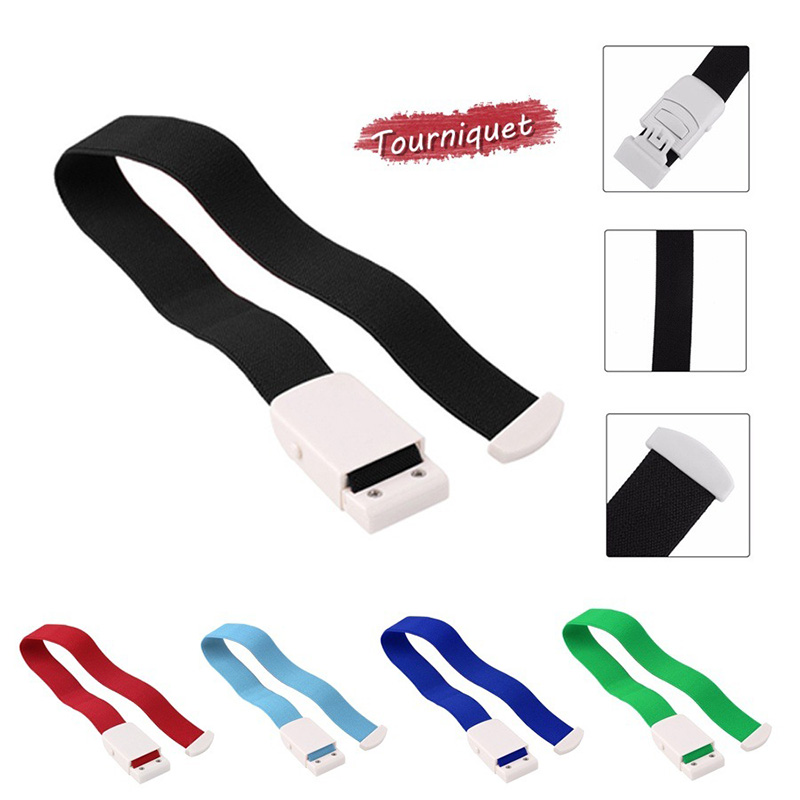Elastic Snap Tourniquets
Send Inquiry
The main features of Elastic Snap Tourniquets
1. Snap-on fixation:
It adopts a plastic snap-on interlocking design, which is more stable and less likely to loosen than the traditional wound tourniquet.
2. Easy operation:
The snap-on design makes the fixation and release of the tourniquet much simpler, and there is even a one-handed operation version with a spinning type.
3. Wide application scenarios:
It is applicable to medical blood drawing, infusion, limb first aid and outdoor first aid.
4. High security:
It can withstand a certain pulling force without falling off, but when in use, the pulling force should be adjusted according to the patient's condition (age, blood pressure, limb size), and it should be avoided to be used on skin lesions.
5. Reusable:
The product quality is excellent and the tourniquet can be used multiple times without blood contamination
Matters needing attention of Elastic Snap Tourniquets
1. Time limit: Prolonged use may lead to tissue ischemia. The upper limbs should generally be used for no more than one hour, and the lower limbs for no more than 1.5 hours.
2. Avoid injury: Areas with skin damage, edema or blisters should be avoided.
3. Adjust the tension: The tightness should be appropriately adjusted according to the patient's blood pressure and limb size to achieve effective hemostasis without causing excessive pressure.
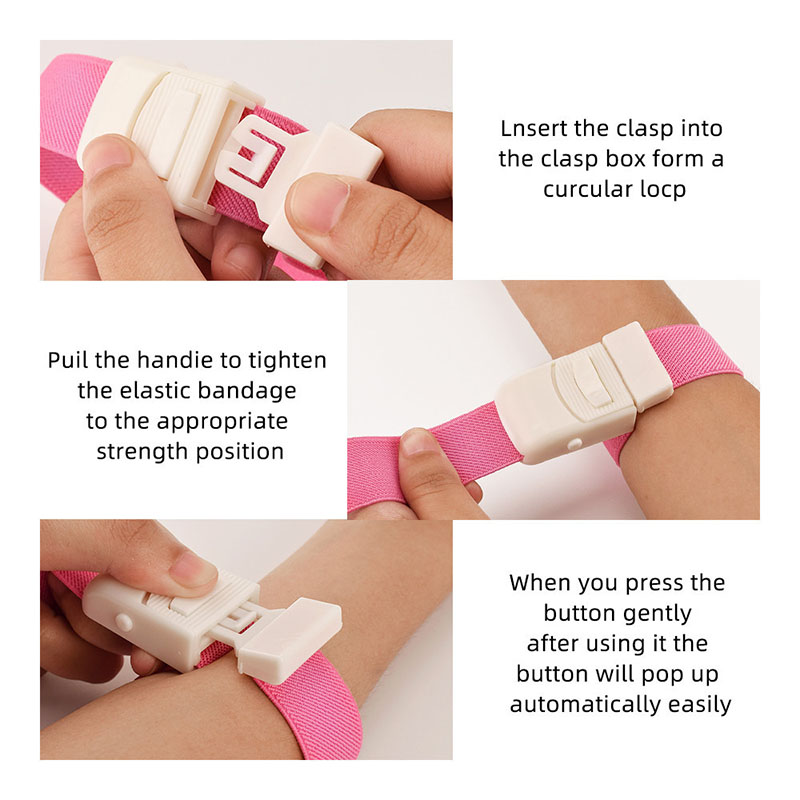
Development and Application of Elastic Snap Tourniquets
1. Clinical application: It was initially used in medical institutions for blood drawing, infusion, and emergency hemostasis.
2. Outdoor first aid: Gradually expand to outdoor first aid and home first aid kits.
3. Technological Upgrade: The product has been continuously iterated. For instance, a one-handed operation version has been added, and the buckle structure and materials have been improved to enhance stability and fracture resistance.

